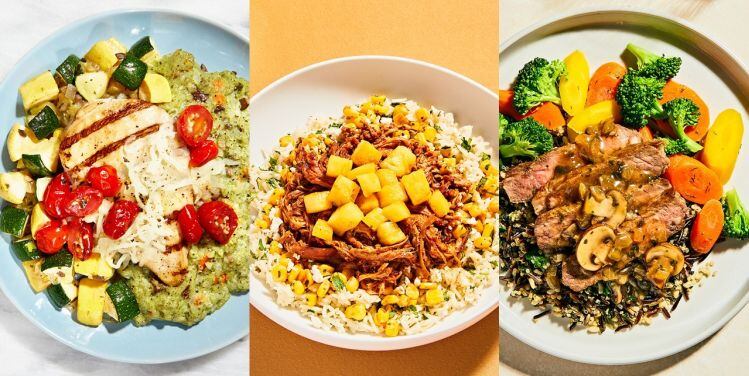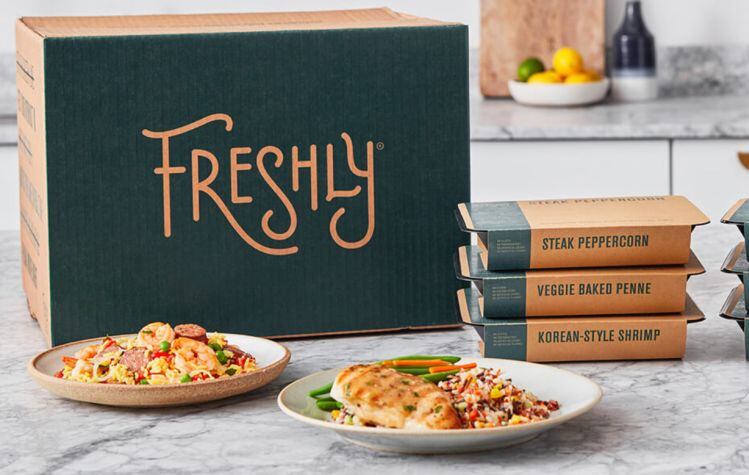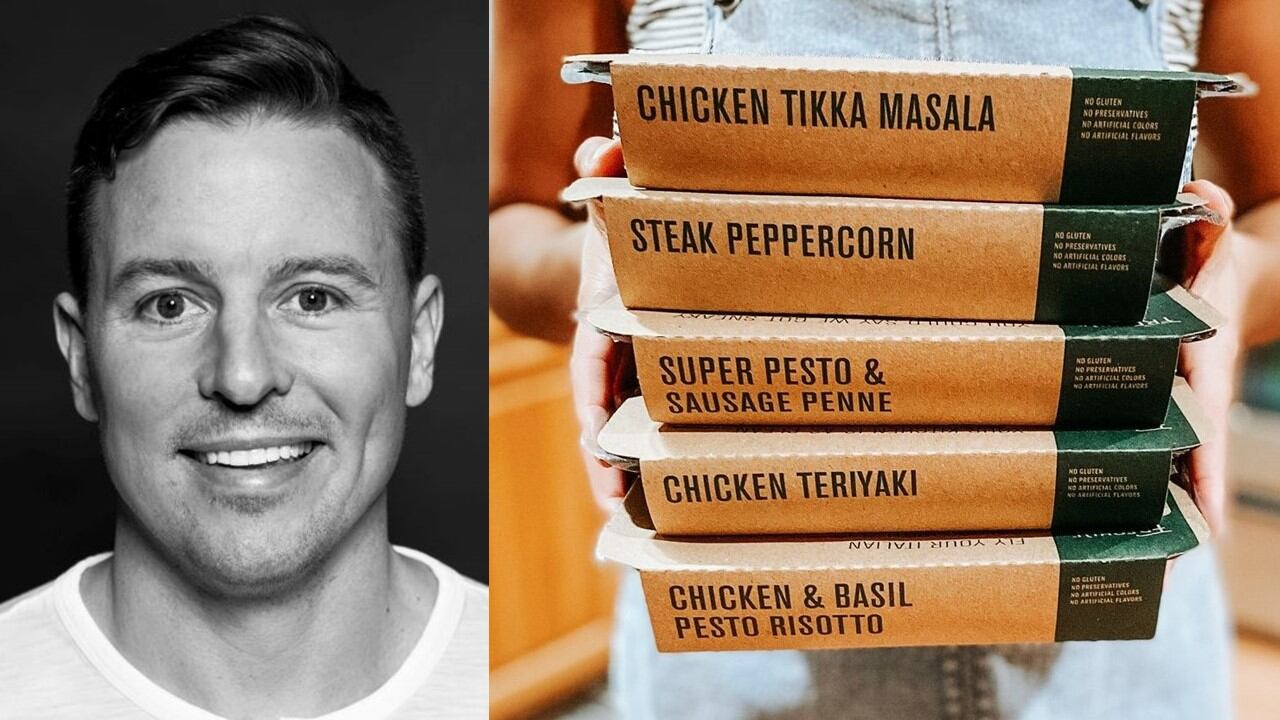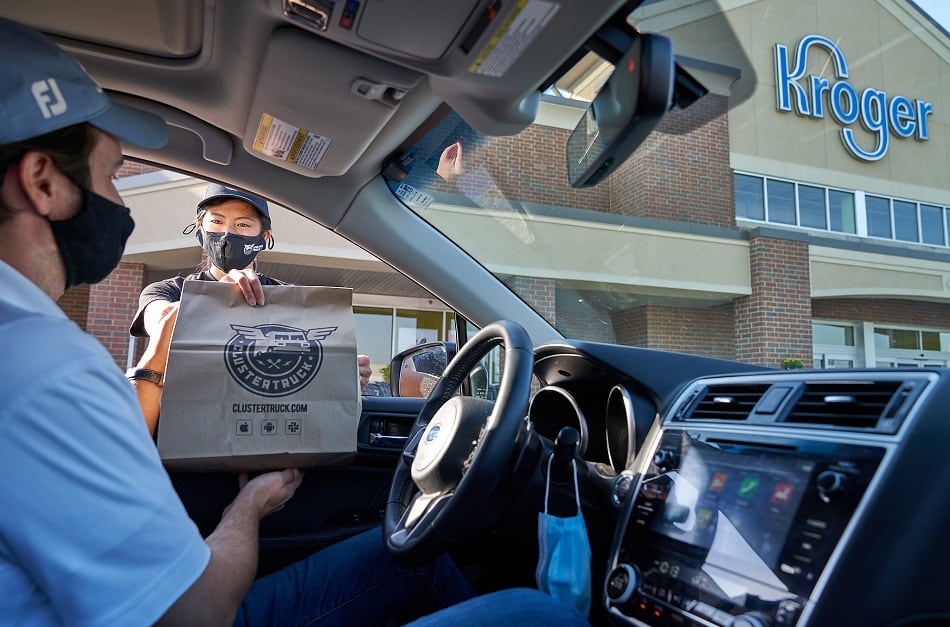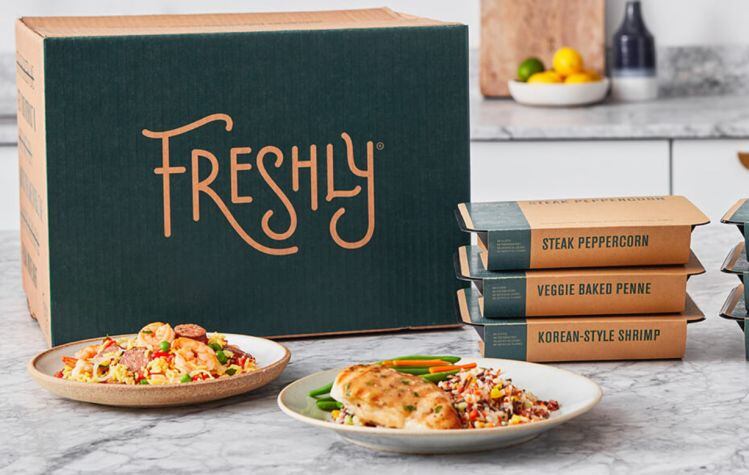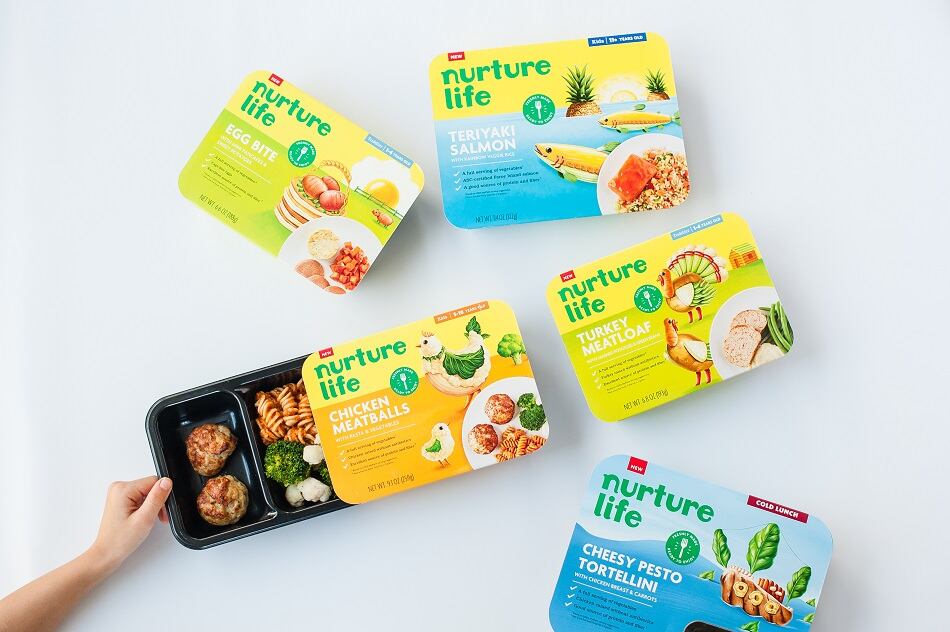Wystrach – who launched Freshly in 2015 with Carter Comstock – was speaking to FoodNavigator-USA after selling the business to Nestlé USA in a deal that values Freshly at $950m, with potential earnouts of up to $550m contingent on the successful growth of the business.
The move comes three years after Nestlé acquired a 16% share in New York-based Freshly, which offers next-day home delivery for fresh-prepared meals to 48 states from kitchens in New Jersey, Maryland, and Arizona, with a new facility coming online in California by the end of the year. Sales for 2020 are forecast to be $430m.
“We hit profitability at the end of last year, and if you look at Freshly vs competitors, we have been by far the most efficient with the capital we’ve raised, and that was one of the reasons that Nestlé really liked us,” said Wystrach, who will remain in New York with the Freshly team.
“This is a massive and growing market and Nestlé is a massive company with a massive balance sheet and being able to leverage that means we can really hit the gas pedal."
He added: “We see opportunities to work even more closely with Nestlé’s procurement teams, their facilities teams, their marketing teams… eventually at some point there may be some areas to cross pollinate products although there are no immediate plans to do that.
"The great thing for us is that we’ve already known each other for three years, and we’ve built up that trust.
“The most important thing was that our cultures match and what they’re doing as a food and a health company is really in line with our vision.”
‘We anticipate opening a lot more facilities next year’
Asked what difference being part of Nestlé (which has its US headquarters in Virginia, and its product technology center in Solon, Ohio) would make from a practical perspective, he said:
“While this is technically an exit for us [financially], we’re not exiting [in practice]; we’re all staying on and running things as a standalone organization within Nestlé reporting to a board of which Steve Presley [chairman and CEO of Nestlé USA] is the chairman, so for all intents and purposes, nothing changes day-to-day.
“That was key for us, but it was also key for Nestlé, so it’s not the end of our journey, it’s like graduating high school and now we’re going onto college.”
He added: “We anticipate opening a lot more facilities next year, and as a leader in food manufacturing we feel like Nestle is the perfect partner for the next stage of the journey.”
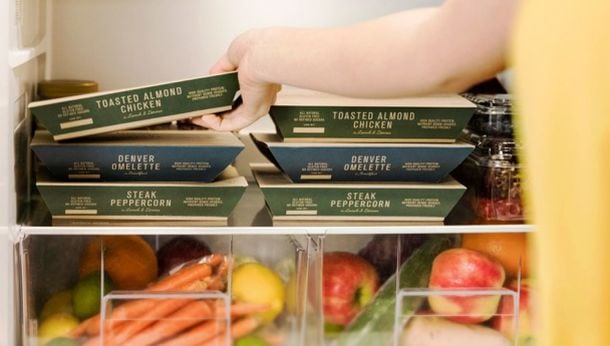
Freshly gluten-free microwaveable meals are delivered to people's homes with a refrigerated shelf life of about 4-5 days and have an emphasis on "complex carbs, nutrient-dense ingredients, quality proteins, and healthy fats," with an average of around 500 calories and 30 grams of protein.
Customers can order 4, 6, 10, or 12 meals per week.
How does Freshly compare to meal kits, GrubHub and UberEats, and frozen meal solutions?
Speaking to us last month, Wystrach said Freshly had experienced a “huge influx of new customers” during the pandemic, while “existing customers are still ordering around 10% more now [vs pre-coronavirus].”
While there has been an increase in people ordering food for elderly parents, he said, “there are three power users: young urban singles or couples with no kids; families with kids aged 10 and older; and then empty nesters.”
So what’s the appeal of the service – which delivers 4, 6, 10, or 12 chilled ‘heat and eat’ meals a week ($8.49-$11.49 depending on how many you buy) – compared with meal kits such as HelloFresh or Blue Apron; ad-hoc delivery services such as GrubHub, which don’t require a subscription; or grocery shopping sites such as Walmart.com, where you can order a week’s worth of frozen meals for significantly less?
The above options all meet different needs, says Wystrach. However, many people don’t have the time or energy to make meal kit meals; Freshly is 30-40% cheaper than ordering hot meals from restaurants via GrubHub or UberEats; and frozen meals – while cheaper – do not deliver the restaurant-quality experience of Freshly.
‘Every single year, people are cooking less’
So how big is the addressable market, and with a recession now getting into full swing, how many Americans can afford to spend $8-12/meal?
While COVID-19 has clearly forced a lot of consumers back into the kitchen in the short term, he said, the long-term trajectory is clear: “Every single year, people are cooking less, and the fact is that the food market is $1.4tr and it’s going online at scale. And so we feel the market potential is massive.”
Pricing will come down with scale
As for pricing, costs will come down with scale, he said: “Yes, today we’re in that top quartile of those that can afford these kinds of products, but we do believe that in the next five to 10 years it will be 50%, and from there, ultimately our hope is that everyone can afford this, but right now in America it’s cheaper and easier for people to eat unhealthy food.”
Asked whether consumers were reluctant to commit to online subscription services for prepared meals or meal kits, Wystrach said the failure of some high-profile players in the segment should not be seen as proof that the model doesn't work.
“I think people blamed the failures of some meal kit companies on the industry or the model, but HelloFresh is trading at north of $7bn."
If you make it super easy to pause, skip, or cancel, meanwhile, the commitment factor is not really a barrier, he claims, noting that the subscription model is "working pretty well" for Amazon Prime and Chewy.
“It’s a little bit like saying social networking won’t succeed because Friendster and Myspace failed.”
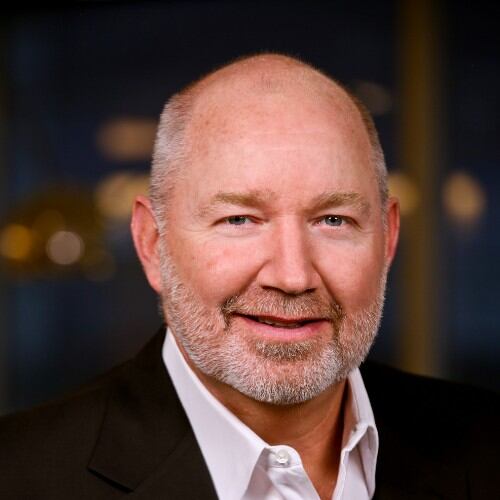
"Consumers are embracing e-commerce and eating at home like never before. It's an evolution brought on by the pandemic but taking hold for the long term.
"Freshly is an innovative, fast-growing, food-tech startup, and adding them to the portfolio accelerates our ability to capitalize on the new realities in the US food market."
Steve Presley, chairman and CEO, Nestlé USA
White Star Capital: ‘We knew that Freshly would have mass-market appeal’
Eric Martineau-Fortin head of White Star Capital, which first invested in Freshly in 2015, said: “While many food companies delivered the emerging grocery box model [meal kits], our thesis was that people were getting so busy that ready-to-eat food delivery where the customer did not have to take time to prepare anything was more compelling in the long run.
“We knew that Freshly would have mass-market appeal and were not surprised when the business quickly took off.”
